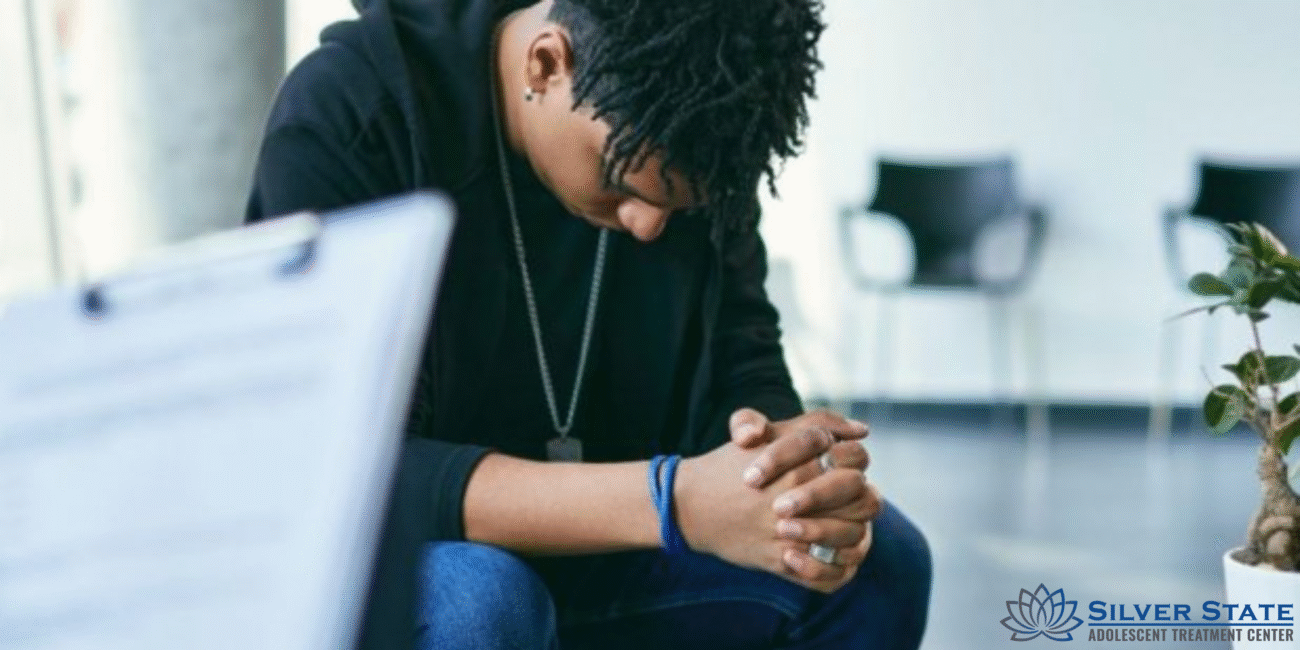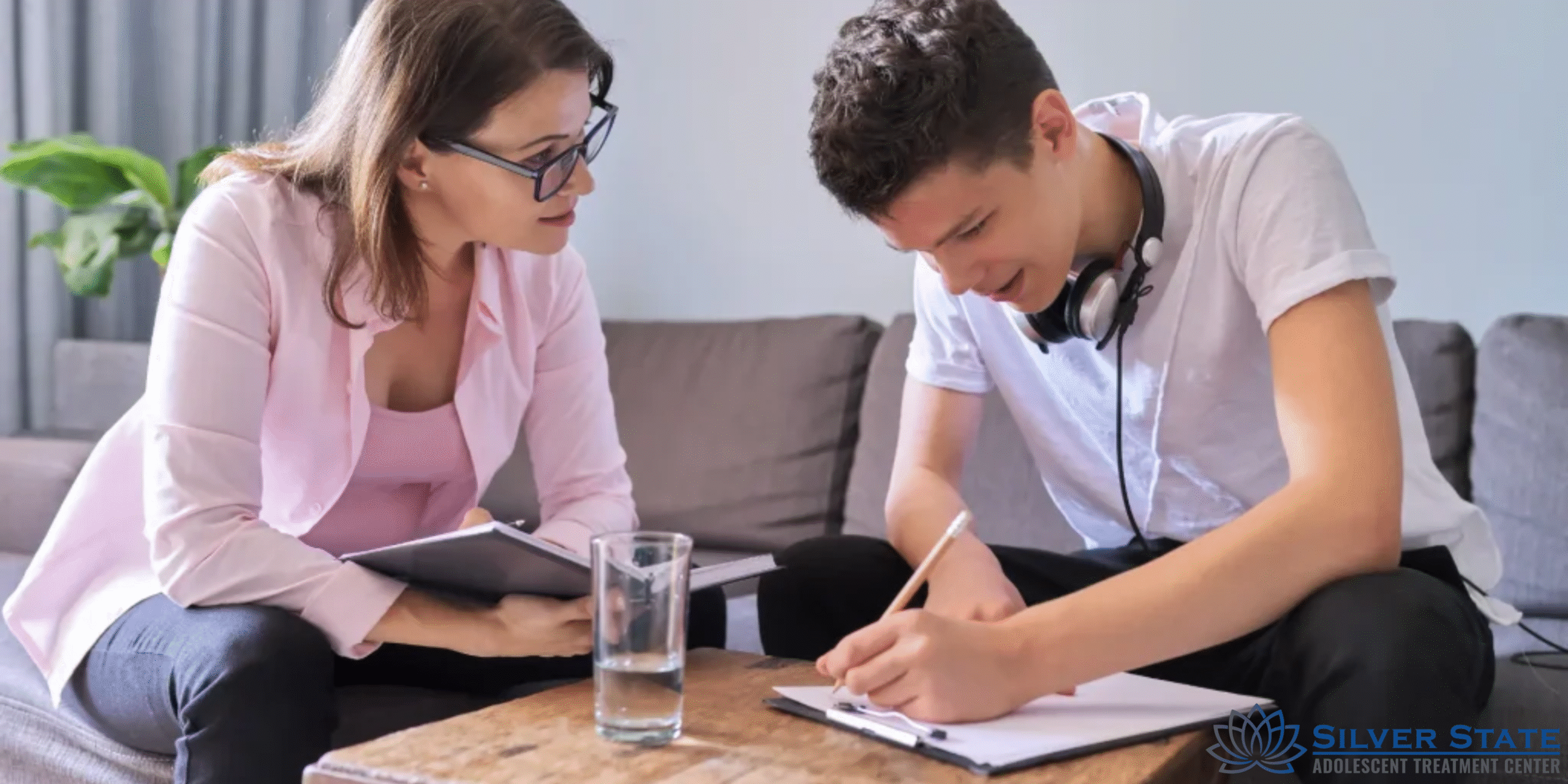Holistic Program for Ayahuasca Dependency in Rural Boys

Table of Contents
Key Takeaways
- Ayahuasca misuse is on the rise among rural teens, often under the guise of spiritual or emotional exploration.
- Holistic programs combine detox support, therapy, and family involvement that can significantly improve outcomes.
- Many rural families now turn to professional help for balanced, evidence-based care.
- Recovery pathways must consider cultural sensitivity and accessibility for teens from remote regions.
Introduction
Ayahuasca, a psychoactive brew traditionally used in South American spiritual ceremonies, has found its way into the hands of teens across rural America. Social media, alternative healing trends, and a hunger for meaning are fueling experimentation, but with troubling consequences. Rural boys, in particular, are engaging with the drug not for enlightenment, but for emotional escape.
The concern isn’t just about the psychedelic experience. Ayahuasca can cause intense hallucinations, gastrointestinal distress, and dangerous interactions with antidepressants or other medications. According to findings published on PubMed, long-term effects can also include psychological instability and distorted emotional processing.
This trend is forcing many families to seek formal care, especially when the impact begins to interfere with schooling, mental health, and safety. That’s where the Holistic Program comes into play, an essential treatment model now gaining attention for its adaptability and depth.

What Is a Holistic Program and Why Does It Work?
A holistic program looks at the interconnectedness of body, mind, and spirit. Instead of isolating one issue, it recognizes that factors such as stress, lifestyle, relationships, nutrition, and mindset all influence a person’s health or success. Holistic programs are standard in areas like healthcare, mental health, addiction recovery, and personal development.
These programs typically include:
- Physical care: Exercise, nutrition, medical treatment, detoxification
- Emotional care: Counseling, therapy, stress management techniques
- Mental care: Mindfulness, cognitive behavioral therapy, education
- Social care: Group therapy, building supportive relationships
- Spiritual care (optional): Meditation, connection to purpose, reflective practices
How Do Rural Environments Influence Teen Addiction?
In remote towns, boredom, isolation, and limited access to mental health services are persistent problems. When substances like Ayahuasca are positioned as “natural” or “healing,” they can seem less risky. But this illusion of safety is deceptive.
According to research featured on PubMed Central, adolescents in isolated environments face unique vulnerabilities: lack of peer accountability, fewer positive role models, and high exposure to trauma or generational substance use.
This environment can mask early signs of psychological distress. In many cases, boys who experiment with Ayahuasca do so quietly, under the radar of school counselors or coaches. By the time a parent catches on, the dependency is often deeply rooted.
What Should Families Expect from a Drug Addiction Center?
Finding a drug addiction center that doesn’t feel like a jail or hospital is crucial, especially for teens. Teens benefit most when the treatment center uses trauma-informed care, age-appropriate therapy, and parental involvement.
At treatment centers, teens get access to:
- Safe detox and withdrawal supervision
- Counseling sessions designed for adolescent brains
- Peer support and skills training
- Family therapy to help parents set healthier boundaries
What sets centers like this apart is their understanding of teenage rebellion, fear, and identity confusion. It’s not just about stopping the drug use; it’s about helping teens understand why they used it in the first place.

Are Ayahuasca Users More Resistant to Traditional Recovery?
Ayahuasca’s spiritual background makes recovery more complex. Teens who misuse it often don’t see it as “drug abuse”; they see it as exploration or healing. This means they may resist typical recovery messages that frame the substance as inherently evil.
Studies have shown that integrating cultural and philosophical awareness into therapy is crucial. Programs that acknowledge a teen’s search for meaning, while also educating them about the neurological and psychological risks, tend to see better engagement.
That’s why holistic programs that allow for personalized, one-on-one counseling and family discussions are so effective. It’s not just about detoxing from Ayahuasca; it’s about reshaping a teen’s belief system from the inside out.
How Can Families Tell If It’s Time to Seek Help?
It’s not always obvious. Unlike alcohol or opioids, Ayahuasca doesn’t leave behind empty bottles or needles. But some signs may include:
- Sudden changes in mood or personality
- Talk of “visions,” spirits, or deep metaphysical ideas
- Isolation from friends and family
- Declining academic performance
- Refusal to discuss online influences or new peer groups
If any of these sound familiar, it may be time to explore professional treatment options, such as a holistic Program. Waiting for “rock bottom” often does more harm than good.
Watch this video – Revolutionize Your Recovery: Advanced Drug Rehab Solutions at Virtue Recovery Center – to better understand why holistic treatment is best suited for your teen.
Conclusion
The misuse of Ayahuasca among rural boys is more than a fringe issue; it’s a growing public health concern rooted in emotional pain, cultural misinformation, and limited access to mental health care. A holistic program offers a lifeline to these teens, providing them with structure, therapy, and family reconnection.
For families in rural areas who feel lost, help is not only available, but it’s designed for exactly this kind of struggle. Silver State Adolescent provides targeted support for adolescents dealing with psychedelic dependency and other substance use concerns. To take the first step, call Tel: 725.525.9897.
FAQs
What age group does a teen holistic Program serve?
Most adolescent holistic programs serve teens aged 12 to 18, though programs vary. Each case is evaluated individually.
Is Ayahuasca physically addictive?
While not physically addictive in the traditional sense, Ayahuasca can lead to psychological dependency and risky behavior patterns.
Can detox be part of a holistic program?
Yes. A holistic program includes medically supervised detox or coordinates it with an inpatient detox program before the teen enters therapy.
Is Ayahuasca use illegal for teens?
Yes. Despite spiritual associations, it’s illegal and unsafe for unsupervised teen use in the U.S.
Resources
- Hallucinogenic Plants of the Amazon and Their Use in Traditional Societies, August 2005, https://pubmed.ncbi.nlm.nih.gov/16149326/
- Psychedelics as a Treatment for Substance Use Disorders? January 2023, https://pmc.ncbi.nlm.nih.gov/articles/PMC10021266/
- Ayahuasca: Psychological and Physiologic Effects, June 2010, https://pubmed.ncbi.nlm.nih.gov/20554400/

